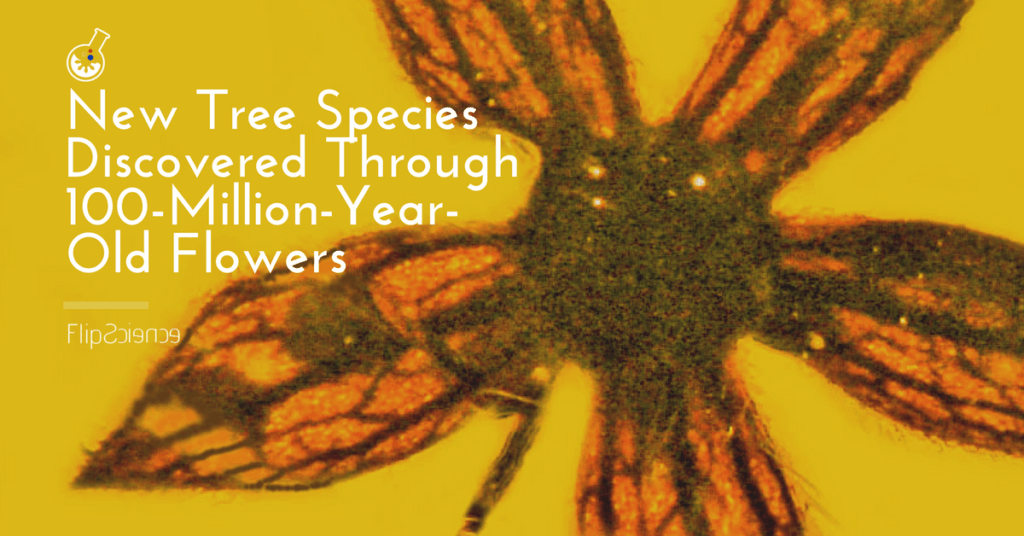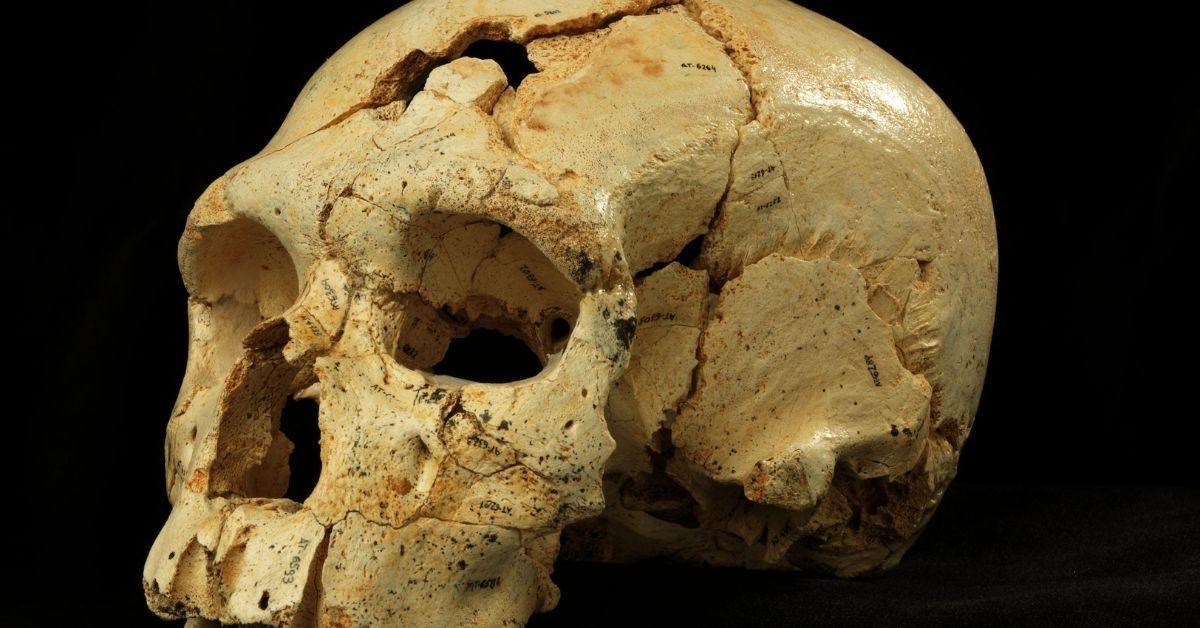Picture this: 100 million years ago in prehistoric Myanmar, a large animal trudged through a pine forest, dislodging a few flowers along the way. While we will never know for sure what happened, it is fortunate that each flower – seven of them, in fact – was perfectly preserved in amber. Otherwise, we may never have learned about the existence of a newly identified tree from the mid-Cretaceous period.
George Poinar Jr., professor emeritus in Oregon State University’s College of Science, claims this is the first time a single study reported seven complete flowers of this age. Each flower ranges from 3.4 to 5 millimeters in diameter, and requires a microscope to study.
Flower power
Poinar and Kenton Chambers, colleague and professor emeritus in OSU’s College of Agricultural Sciences, named the tree Tropidogyne pentaptera.
“Penta” is the Greek word for five, while “pteron” means wing – references to the flowers’ five sepals. Poinar and Kenton’s findings were recently published in the online science journal Paleodiversity.
“The amber preserved the floral parts so well that they look like they were just picked from the garden,” Poinar said. The flowers likely landed on resin deposits from an araucaria tree. These trees are related to the kauri pines in New Zealand and Australia, trees that secrete a special kind of weathering-resistant resin similar to the unearthed samples.
This study builds upon another research involving Burmese amber, in which Poinar and Chambers described another species. Tropidogyne pikei took its name from its flower’s discoverer, Ted Pike, and belonged in the same angiosperm genus.
“The new species has spreading, veiny sepals, a nectar disc, and a ribbed inferior ovary like T. pikei,” said Poinar. “But it’s different in that it’s bicarpellate, with two elongated and slender styles, and the ribs of its inferior ovary don’t have darkly pigmented terminal glands like T. pikei.”
Both species were classified in the extant family Cunoniaceae, an extensive Southern Hemisphere family of 27 genera. Poinar speculates that T. pentaptera was a rainforest tree.
Exploring roots and connections
Due to their general shape and venation pattern, the fossilized flowers appear similar to Ceratopetalum. Ceratopetalum is a genus that hails from Australia and Papua New Guinea.
One of its extant species is C. gummiferum, known as the New South Wales Christmas bush due to its sepals’ tendency to turn bright reddish pink as Christmastime approaches.
Another extant species, C. apetalum, shares the trait of having only sepals, not petals. This coach wood tree can grow up to heights greater than 120 feet, and can survive for centuries.
Wondering how to connect this discovery and Australia’s Ceratopetalum, despite their considerable geographical distance? Simple – look at the geological history of the regions, says Poinar.
“Probably the amber site in Myanmar was part of Greater India that separated from the southern hemisphere, the supercontinent Gondwanaland, and drifted to southern Asia,” Poinar explained.
“Malaysia, including Burma, was formed during the Paleozoic and Mesozoic eras by subduction of terranes that successfully separated and then moved northward by continental drift.” –MF
Author: Tomas Pedrosa
A graduate of Information Design, a versatile writer, and an avid gamer, Tomas prides himself in his willingness to gain new experiences and perspectives, and to apply what he learns in his other pursuits. Curiosity, interest, and obsession—these are the mile markers that keep him going down his road.










